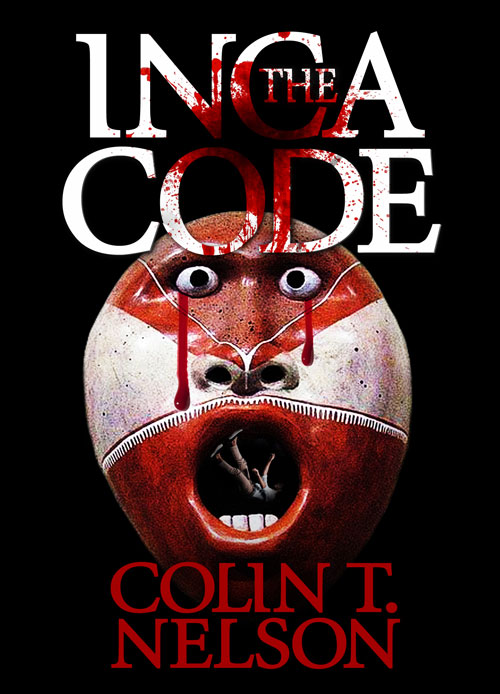 After working in courtrooms for almost 40 years, there’s a change I’ve seen. Now, trials have become more like wakes or visitations prior to a funeral because of victim impact statements.
After working in courtrooms for almost 40 years, there’s a change I’ve seen. Now, trials have become more like wakes or visitations prior to a funeral because of victim impact statements.
I’m talking about murder trials. Since the 90s, the rights of victims have expanded greatly—something which is good. So often, the media and the courts give all the attention to the criminal while the innocent victim is ignored. The new laws have allowed victims to be heard in many different ways. The one that I’m concerned about is their right to make a “victim impact statement” at the end of the trial but before sentencing.
Originally, it was intended to be a statement made to the sentencing judge about how the criminal’s actions have affected the victims—or the family and friends if the victim has been killed. So far, so good.
Since then, prosecutors have taken this simple process and stretched it all out of shape. Now, it’s common for prosecutors to have more witnesses testify at the “victim impact statement” part of the proceedings than the trial itself. Power point presentations of the victim as a child, as a young person, the victim with their family and their own children are all shown to the judge. If you’ve been to a wake or visitation prior to a funeral, you’ve seen posters with photos of the deceased. This is no different.
In response, defense lawyers have also prepared similar power point shows about the defendant including pictures of their childhood and families.
So, what’s wrong about all this?
In parts of the Middle East today and in medieval Europe, it was common for the family of the victim to act against the killer—revenge. The family took justice into their own hands and killed the defendant. Since then, we’ve recognized the value of putting distance between the crime and a just resolution. It’s critically important to have someone removed from the emotions of the crime make the decisions about the outcome—to be fair to both sides. This is a fundamental cornerstone of our justice system.
The practice of having a wake or visitation program before a judge prior to sentencing at a victim impact statement, returns our courts to exactly what happens in parts of the Middle East today. The detachment and thoughtful and fair resolution of the process is skewed. Each side is trying its best to play on the emotions of the judge in order to get him to make a decision that is not fair—at least to one side.
For a good example of how this happens, look at the Boston Bomber case. http://www.bostonglobe.com/metro/2015/04/21/boston-marathon-bombing-victims-speak-out-death-penalty-dzhokhar-tsarnaev-trial/897z0Q5yTqxqOzhbNTvxiJ/story.html#
This is a little different in that the prosecutors want the death penalty and must convince a jury to agree with that—but the process of a victim impact statement is similar to what I’m writing about.
What do you think? Is this really justice or a return to revenge?






